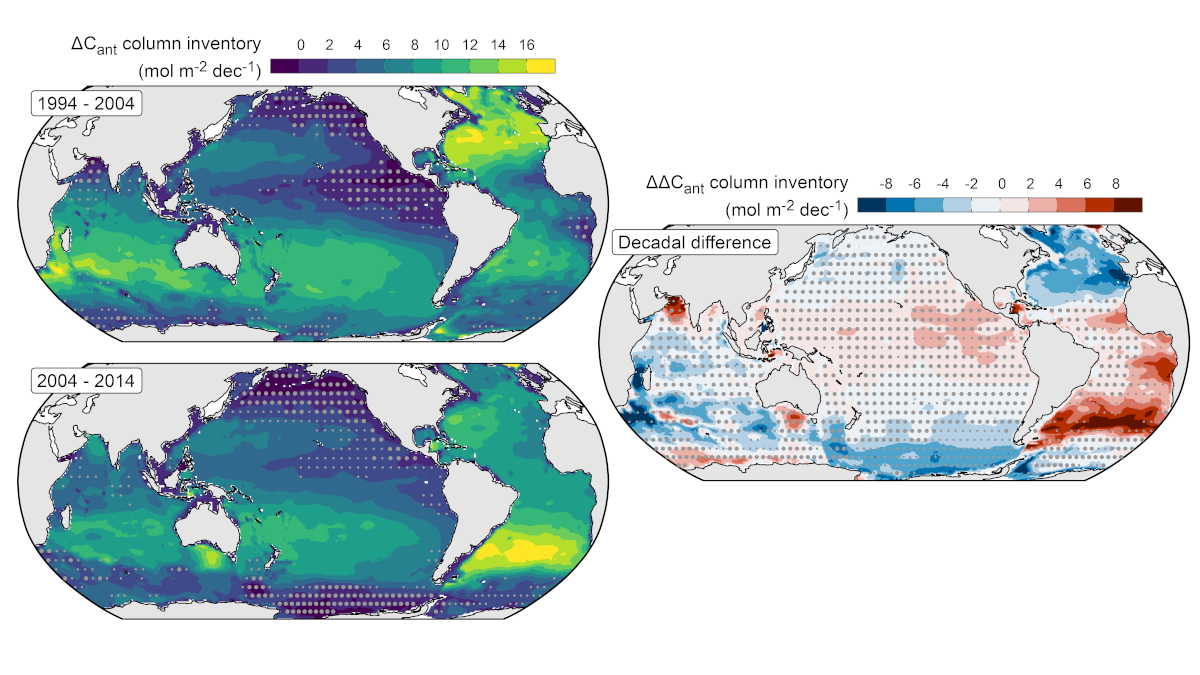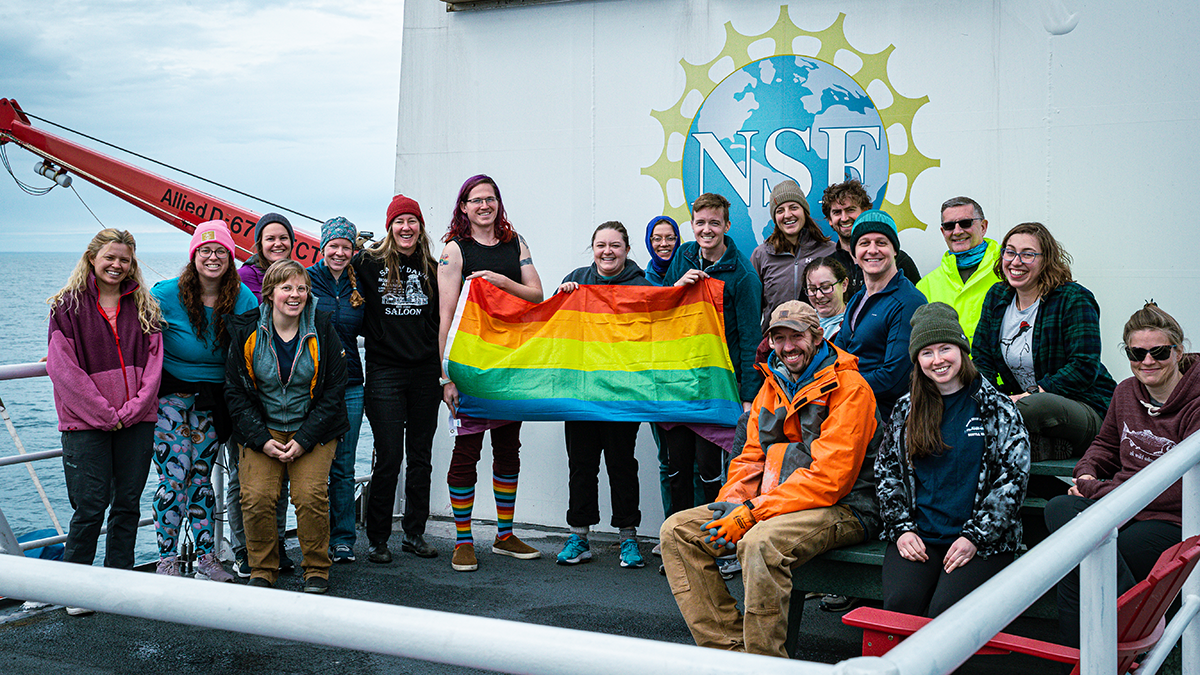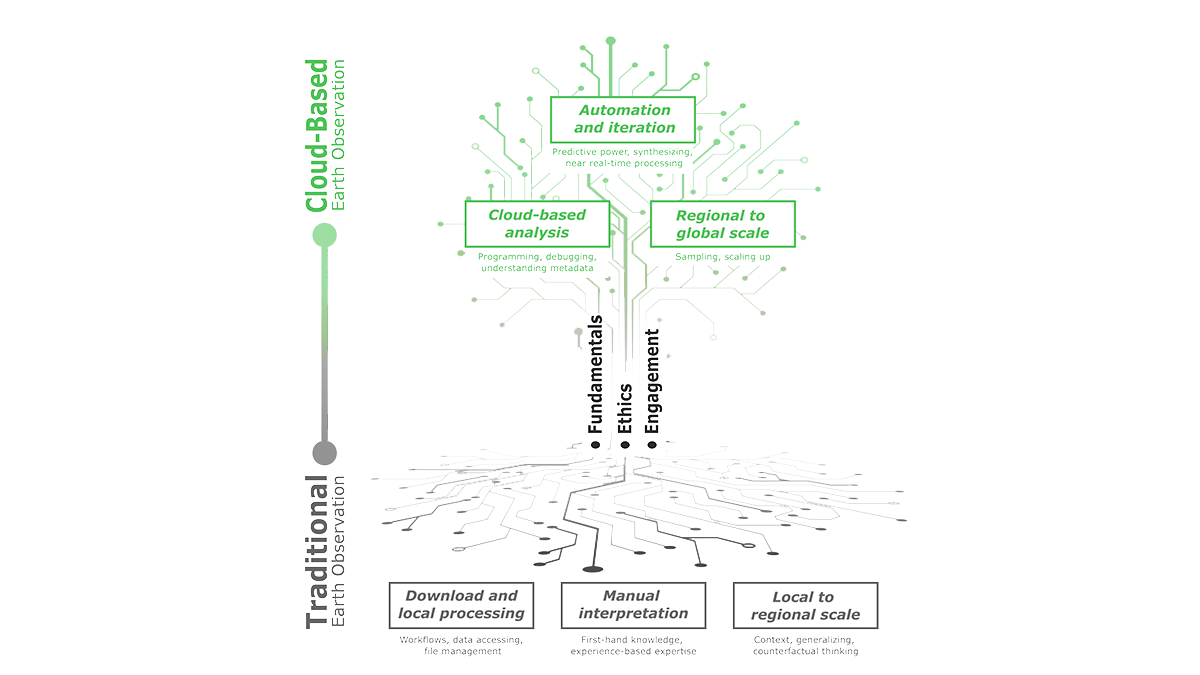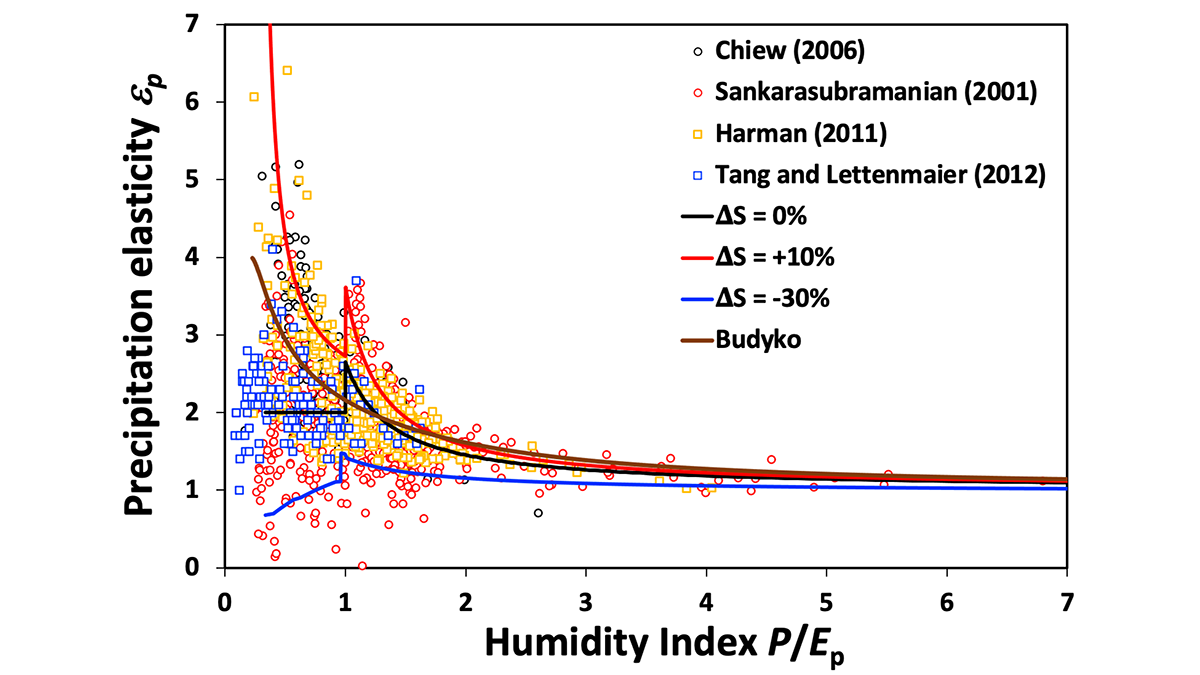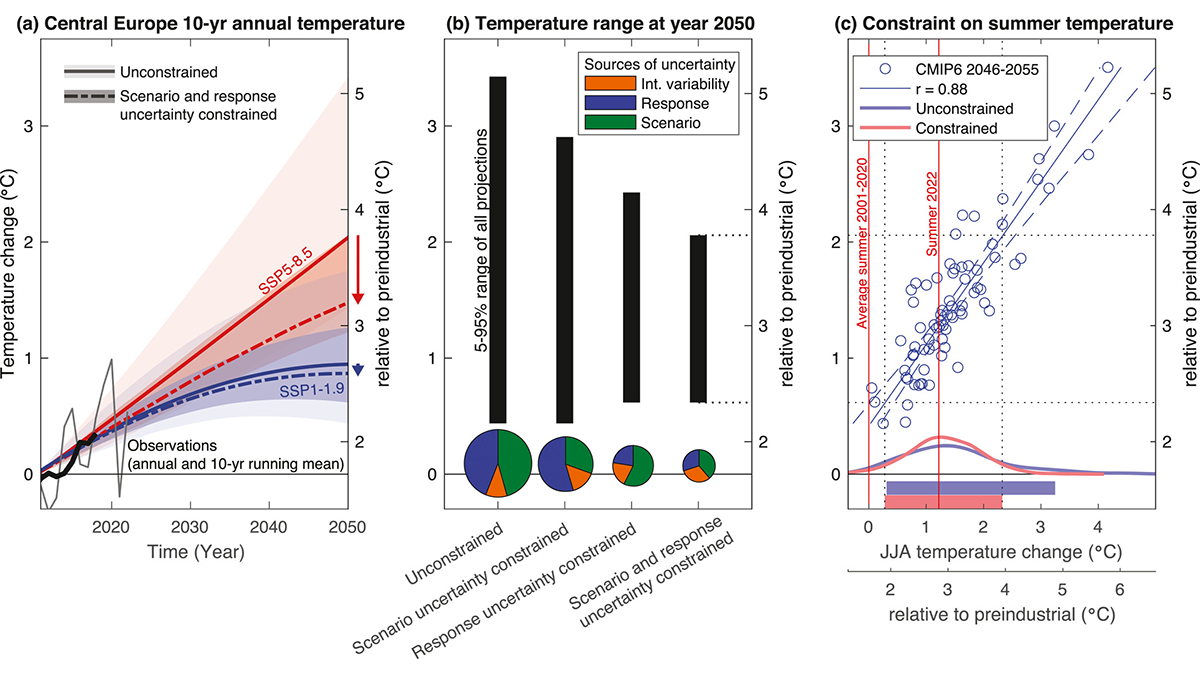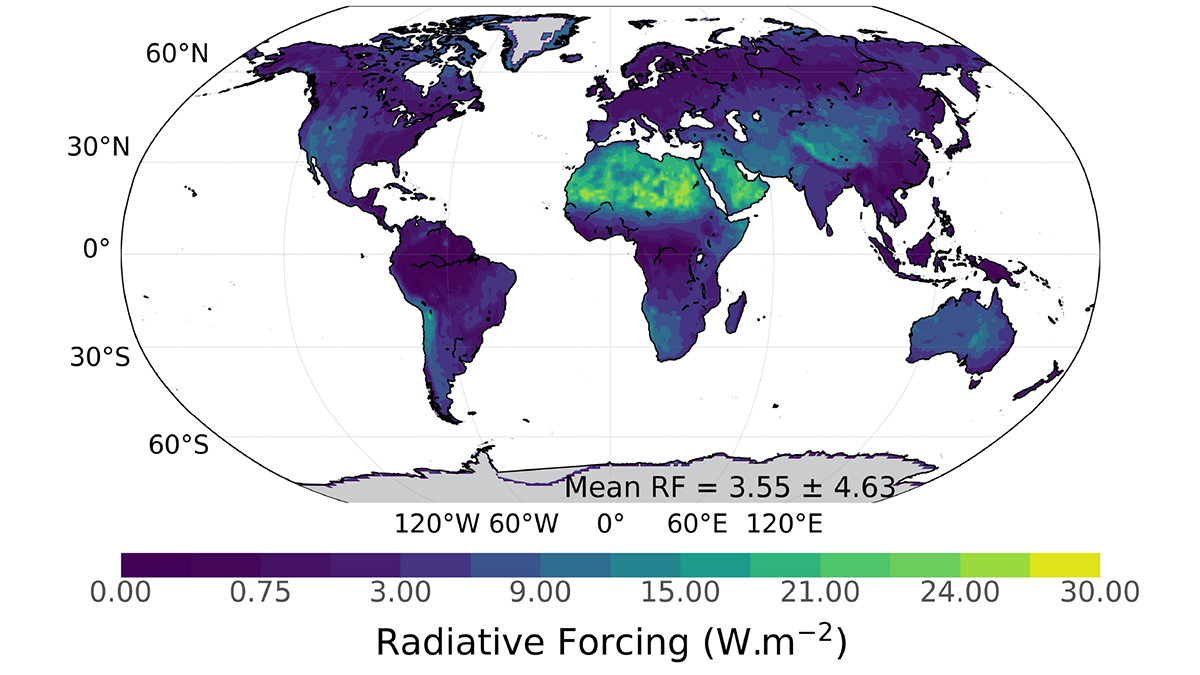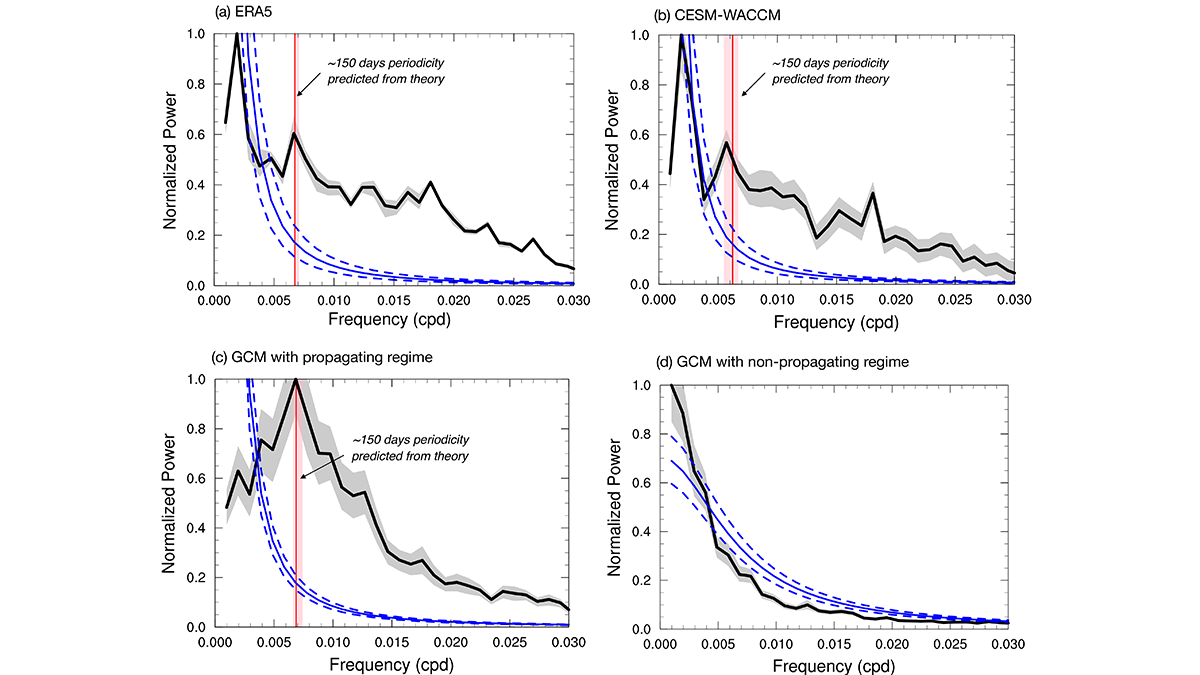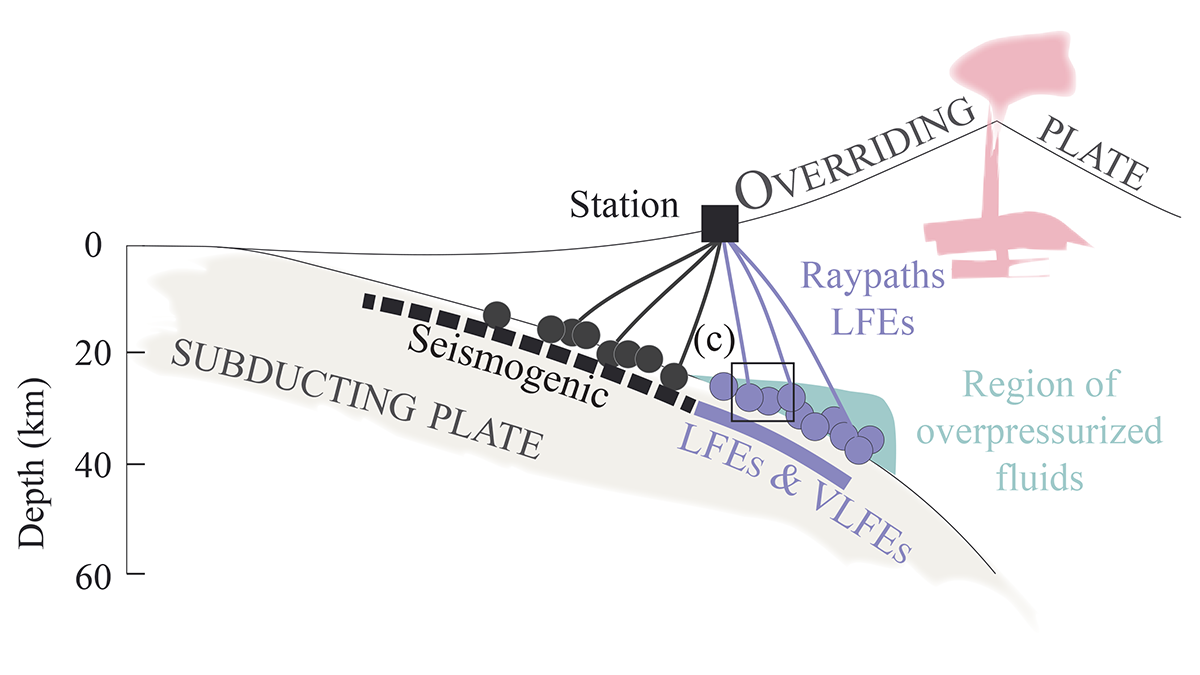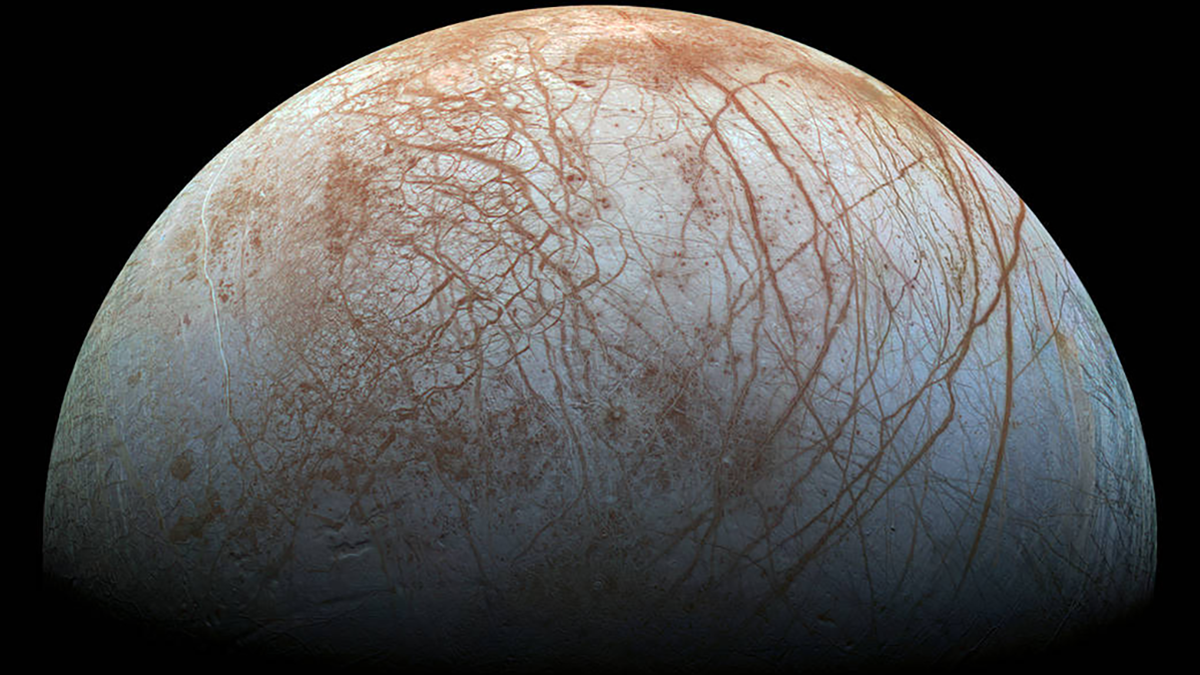A decline in the ratio of ocean carbon accumulation to atmospheric carbon dioxide growth between 1994-2004 and 2004-2014 suggests a reduction in the sensitivity of the ocean carbon sink.
AGU Advances
The Art of Promoting Scientific Results
AGU has various avenues for promoting noteworthy research published in our journals and books, which increases visibility, downloads, and citations.
Fair Seas for All
Work at sea is key to our science, but, too often, transgender and gender-diverse scientists face obstacles and harassment that make field research a trial. A few simple steps can make things more inclusive.
Education Lies Beneath the Clouds of Earth Observation
Cloud-based Earth Observation offers unique opportunities for education, but leveraging this requires new teaching methods that emphasize technical fundamentals, ethics, and stakeholder engagement.
How Much Terrestrial Precipitation is Used by Vegetation?
Precipitation is partly used by vegetation and partly transformed into river flow. Quantifying the amount of water that is directly used by vegetation is essential to decipher climate change’s impact.
Constraints Can Reduce Regional Climate Projection Uncertainty
Climate projections are uncertain because we don’t exactly know how the climate system responds to human actions, but combining interdisciplinary results can reduce uncertainty in future planning.
Sensing the Color of Soil for Climate Modeling
The color of soil reflecting the Sun’s rays affects the Earth’s climate and water cycle. Using satellite data that senses many wavelengths improves soil reflectivity estimates, especially in deserts.
A 150-Day Periodicity is Revealed in the Southern Extratropics
An internally generated 150-day periodicity is newly identified in the Southern Hemisphere extratropical large-scale atmospheric circulation, which arises from the annular mode’s propagating regime.
Are Low-Frequency Earthquakes Just Slow Slip?
Tests of seismic attenuation show fluid saturation and high pressure near a seismic source reduce high-frequency content, challenging the idea of slow slip as the cause of low-frequency earthquakes.
Rotation of Europa’s Icy Shell Driven by Deep Ocean Currents
A model using currents in the deep ocean to drive rotation of Europa’s ice shell from below can explain why its surface may drift despite being tidally locked.

